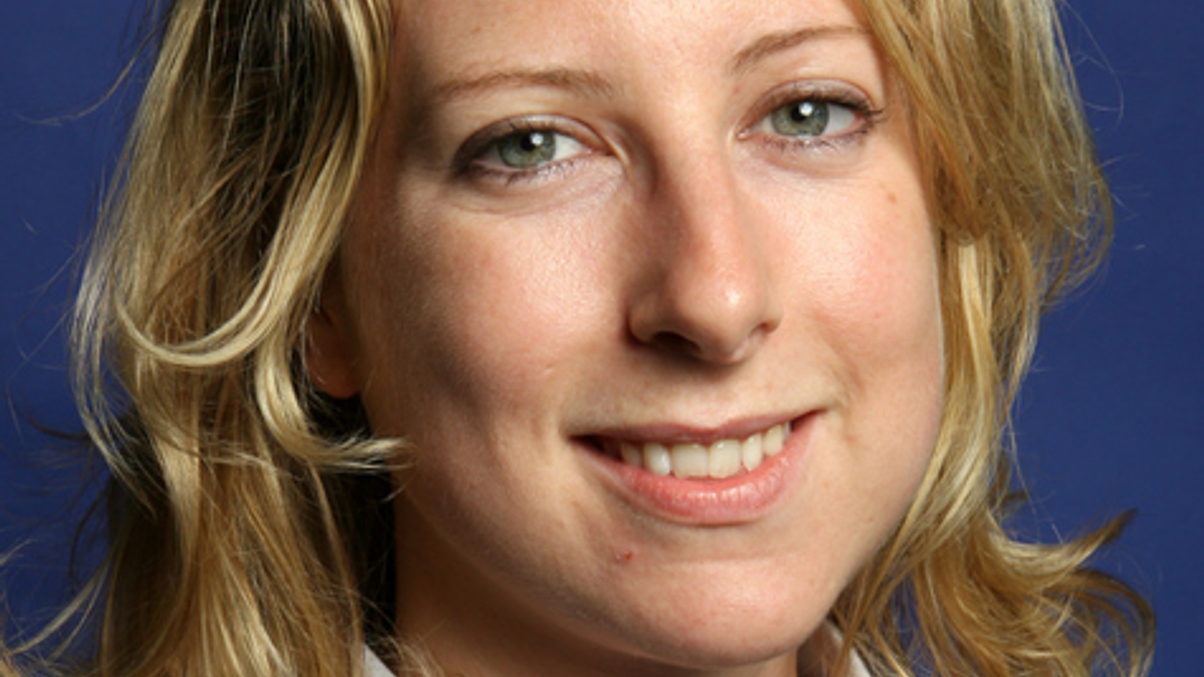Dark-pool trading volumes soar amid uncertainty
Agency brokers are reporting record volumes as volatility drives bid-offer spreads wider and buy-side institutions look to sell large blocks of shares and save on costs.

Uncertainty among equity investors has driven record dark-pool trading volumes in Asia-Pacific, say agency brokers, even as trading costs on lit venues appear to be stabilising.
Sign in to read on!
Registered users get 2 free articles in 30 days.
Subscribers have full unlimited access to AsianInvestor
Not signed up? New users get 2 free articles per month, plus a 7-day unlimited free trial.
¬ Haymarket Media Limited. All rights reserved.


